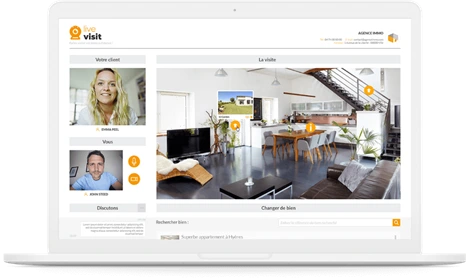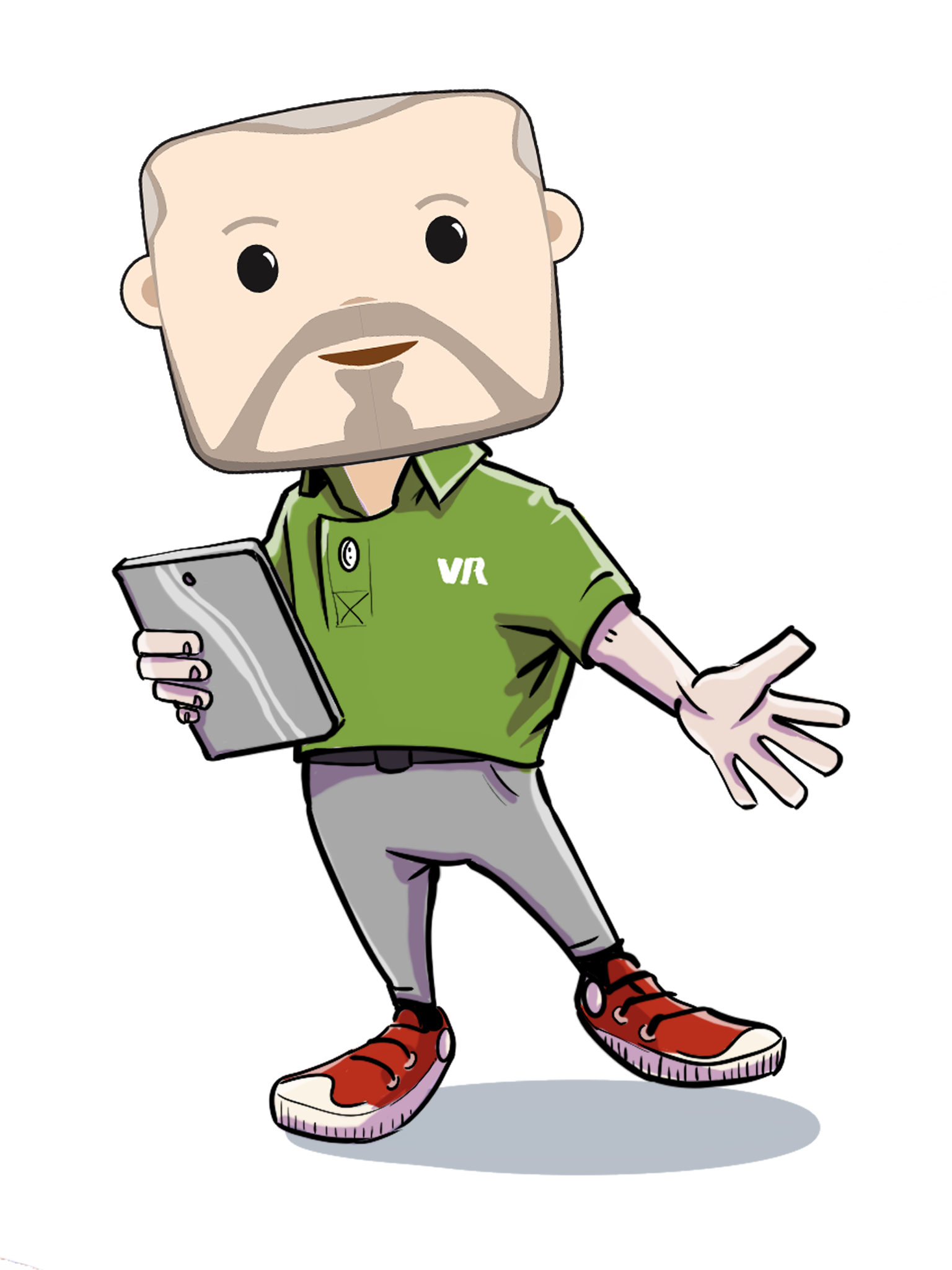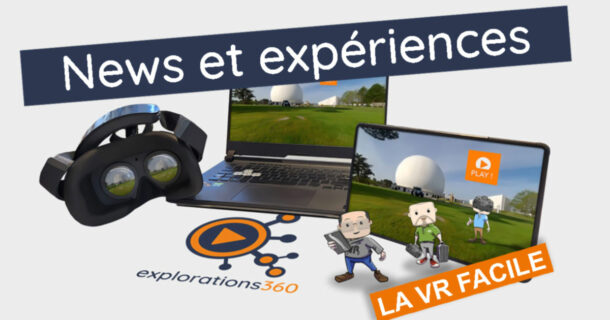How can health measures be combined with business performance?
Adapt, yes, but hurry!
Looking back over the last 12 months, it's clear that our relationship patterns have... How shall I put it... Had to evolve. To say the least. And this applies whether we're talking about the private or professional sphere.
Starting from the premise that our companies obviously had to continue to sell and deliver, but that to do so, it had become virtually impossible to physically meet our prospects as well as our customers. We had to adapt.
Telecommuting, webinars, Teams, Zoom and other such gimmicks have become daily tools and practices for many of us, both for communicating and selling, and for delivering all those "business" periodicals that have put forward their vision of things (here, the vision of Echos Entrepreneurs).


Here's the thing. We all know that from the prospect discovery phase through to the first deal, it's essential to work on the question of engagement. Whether we're talking about our business or presenting our products, when we're at a distance, all it takes is a poor connection or a feigned connection, and once the video feed has been cut, it's impossible to know how they'll react to our sales pitch. No matter how brilliant? Gone is the perception of non-verbal language.
Worse still! While I'm struggling to bring my presentation to life, is he even present behind his PC, awake... Or has he slipped away to make himself a cup of coffee?!
Convincing from a distance: Do you have any tips?
But without even going that far, if my interlocutor and I are actually behind our screens, and we can fortunately see and hear each other properly, the screen-sharing that allows me to present the visual associated with my sales pitch remains a truly passive "experience". And even if I'm lucky enough to include multimedia elements in my presentation (video, testimonials, etc.), the person I'm talking to is still "under the influence" of things, and can drop out at any moment if I lose their interest and attention (e-mail arriving on their PC, text messages, etc.).
Giving the keys to commercial successAlso, ideally, to be able to create commitment, even if it's only in listening, we need to have tools that enable us to offer our contact not only to start the "presentation", but also to be the one to bring it to life, without it being a constraint. We discover together, but it's the other person who makes the journey.
The added value of such a dynamic presentation would be that, whatever path the client takes to link up the different "sequences", we'd go through each of the strategic points in the sales pitch, and by creating his or her own path of discovery, it would be the client who could initiate the process, and so, from being passive, he or she would have the opportunity to become truly active. That would change everything!
Such an approach, backed up by an online tool, would even enable me to send a link to an active presentation to an interlocutor, so that he can read it at his own pace. And because this product would be so well thought-out, I'd be able to know when he'd opened the presentation (and if he'd come back to it), and whether he'd played it back completely. This would allow me either to call him right after he's seen it, or if he doesn't, to follow up to pique his interest in a different way.
Then we'd tend to think: "Well, if such a product exists... I'm interested!
Some already have operational solutions that work!
Certain business sectors have already largely pre-empted this type of solution to optimize the discovery management/remote presentation ratio - This sector is real estate.
As we all know, visiting properties is time-consuming and sometimes very tedious, especially when, for example (and it happens!), the advisor presents you with items that you feel do not correspond to your search criteria.
So, to save future buyers time and optimize interest and availability, the real estate sector was quick to pre-empt the use of virtual tours (as early as 2014/2015 in the US for the forerunners using applications such as "VA-LIVE" presented in 2014 at the dedicated RENT 2014 show), based on studies already showing at the time (Coldwell Banker Smart Home for example) that 77% of buyers would like to take a virtual tour of a property before seeing it in person).
The idea: I choose what I want to see from a catalog, register (or not) and take a first tour of the "future owner". If I like the property, I make an appointment for a real visit.
The first sketches of this kind of product date back to 2018/2019, thanks to MATTERPORT'S 3D TECHNOLOGY in France. Entities such as BNP PARIBAS REAL ESTATE and other "majors" in the sector could afford it at the time (as the technologies were still quite expensive to implement).
In view of the interest shown in these solutions, a large majority of the major players in the sector, as well as smaller ones, are now offering this type of approach.
Why does a virtual visit represent real added value? Quite simply because you feel like you're there. The presentation becomes EXPERIENTIAL, and that changes a lot of things!

What a time and relevance saver to go straight to the point and turn into a real visit only what really makes sense to you!
Needless to say, during the health crisis, real estate agents boosted their use of this new product to keep working!
But is immobilization the only field capable of developing this type of approach and benefiting from these kinds of products?
Of course not... NO!
And if you don't work in real estate, how do you go about creating immersive content?
Imagine you sell products, whatever they may be, and you want to give your prospects the chance to discover them in a way other than through a paper catalog, or online on your website. Why not invite them to visit your showroom, if you have one, or to tour your production plant or assembly facilities?
How can you be more convincing than that by being able to show off your know-how, demonstrate your potential and your production capabilities, or show off your best customers by allowing them to visit the installations you've equipped for them!
Welcome to the "next world"!
Today, there's nothing magical or inaccessible about all this! And quite a few products exist to help you achieve these different approaches.
Once you've created your presentations, you can put them in the hands of your sales force by adding an innovative approach (presentation in videoconference/Webinar mode, web link proposed in a mailing, etc.). You can also simply integrate them into the communication and marketing materials you make available to your prospects (network posts, articles, newsletters, web pages, etc.). And if you have tracking tools (even free ones such as Google Analytics) integrated into these media, you can add a new dimension to your sales conversation channel.
Then, of course, there's the question of the cost of setting up this kind of support. After all, it's often the crux of the matter!
It's clear that there's somethingfor every budget and taste: from content creation platforms that welcome you and let you get on with it (the best of which take the time to train you via online tutorials), to agencies that offer a more "turnkey" approach and with whom you'll find it hard to keep control of updating your publications.
The real question, then, is how much time and availability your marketing teams will have to devote to creating and updating this type of content, and how you will build your sales pitch to match the potential of these new approaches (and here, depending on the case, it may be worthwhile to enlist the help of a partner). Between the various products available on the market, beyond their functional scope, intuitiveness and level of rendering quality, you have to imagine that on the one hand, you're going to have to devote some time to creating these new media, but that on the other hand, getting into this kind of approach more or less implies changing your approach to marketing tools and sales aids. But that's another story.
So if all these questions speak to you, Philippe and I at explorations360 await your questions! Because as far as we're concerned, we've been convinced for 10 years that experience and immersion are 2 essential concepts for marketing and sales tools.
So give us a call (the number is in the top right-hand corner) and we'll be delighted to discuss the subject with you and, who knows, maybe provide you with the beginnings of a solution!


Experienced Managing Director and Sales Director with a background in software distribution and sales of system and network infrastructures. Qualified in sales, sales management, strategic partnerships, management and business-to-business (B2B). A slightly offbeat entrepreneur with an unorthodox educational background (doctoral thesis on comparative moral and political philosophy at Université Paris III Sorbonne - Censier).
General Manager and Experienced Sales Director with a demonstrated history of working in the computer software industry. Skilled in Sales, Sales Management, Strategic Partnerships, Management, and Business-to-Business (B2B). Strong entrepreneurship professional with a Preparation of a PHD Thesis focused in Moral and political compared philosophy from Université Paris III Sorbonne (Censier).



